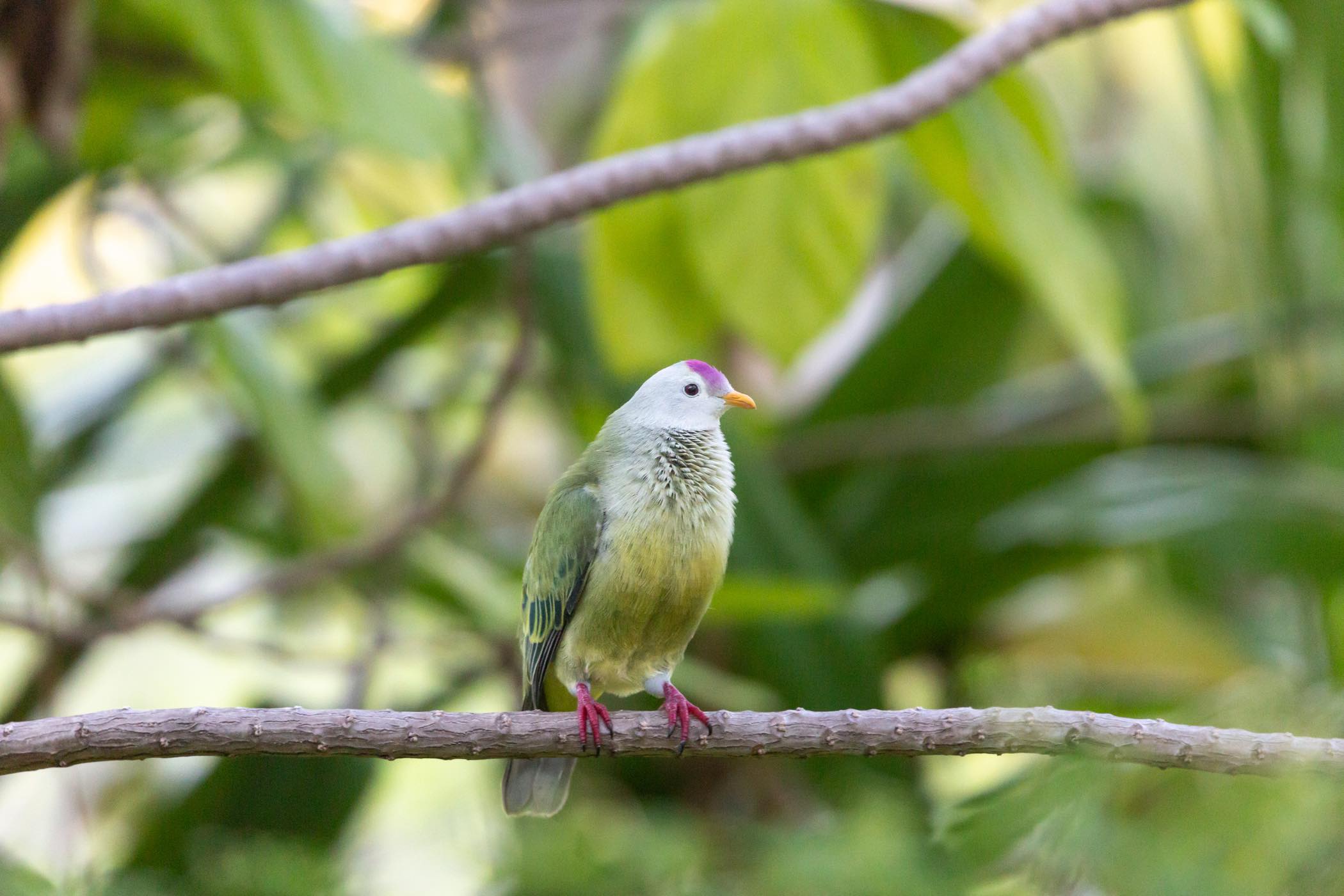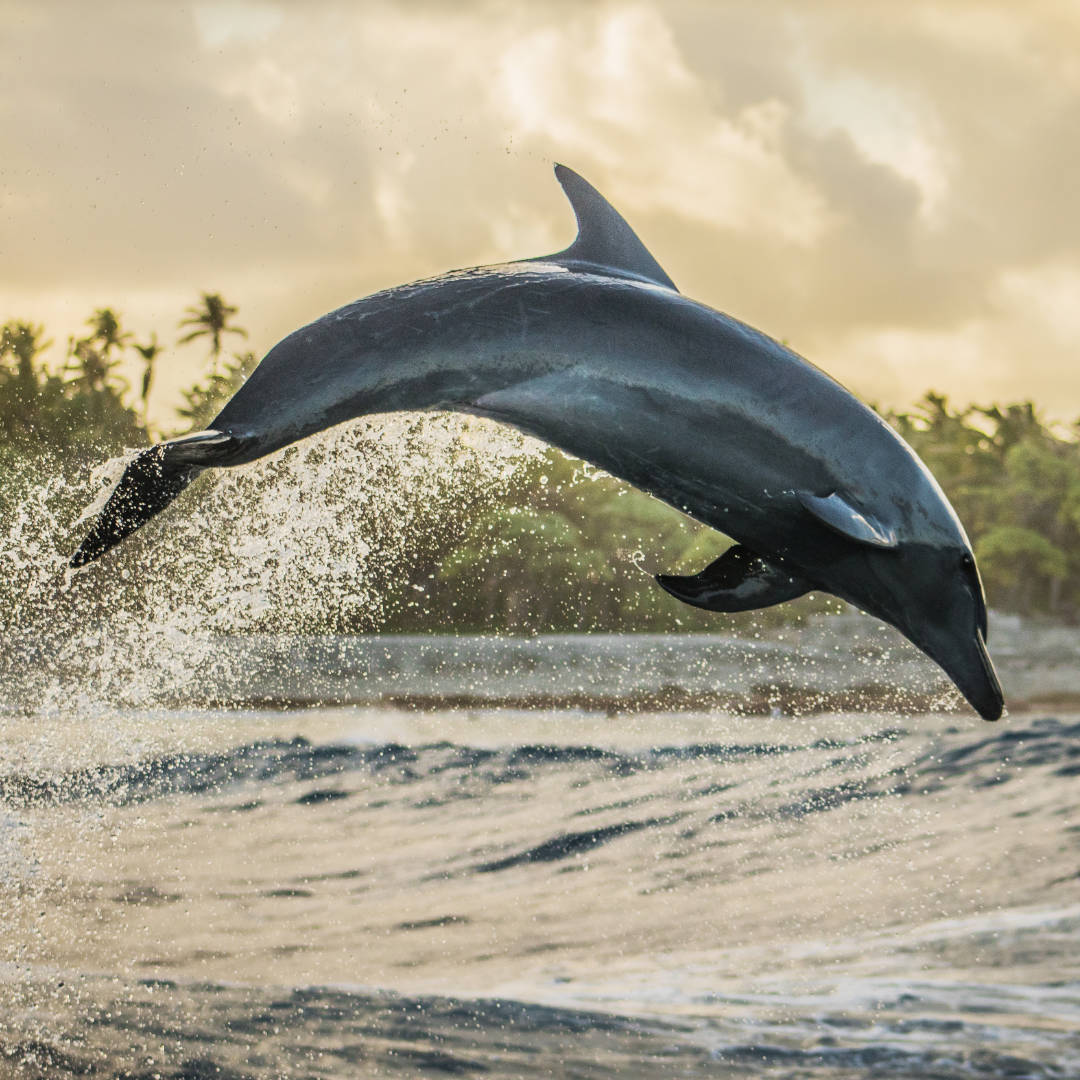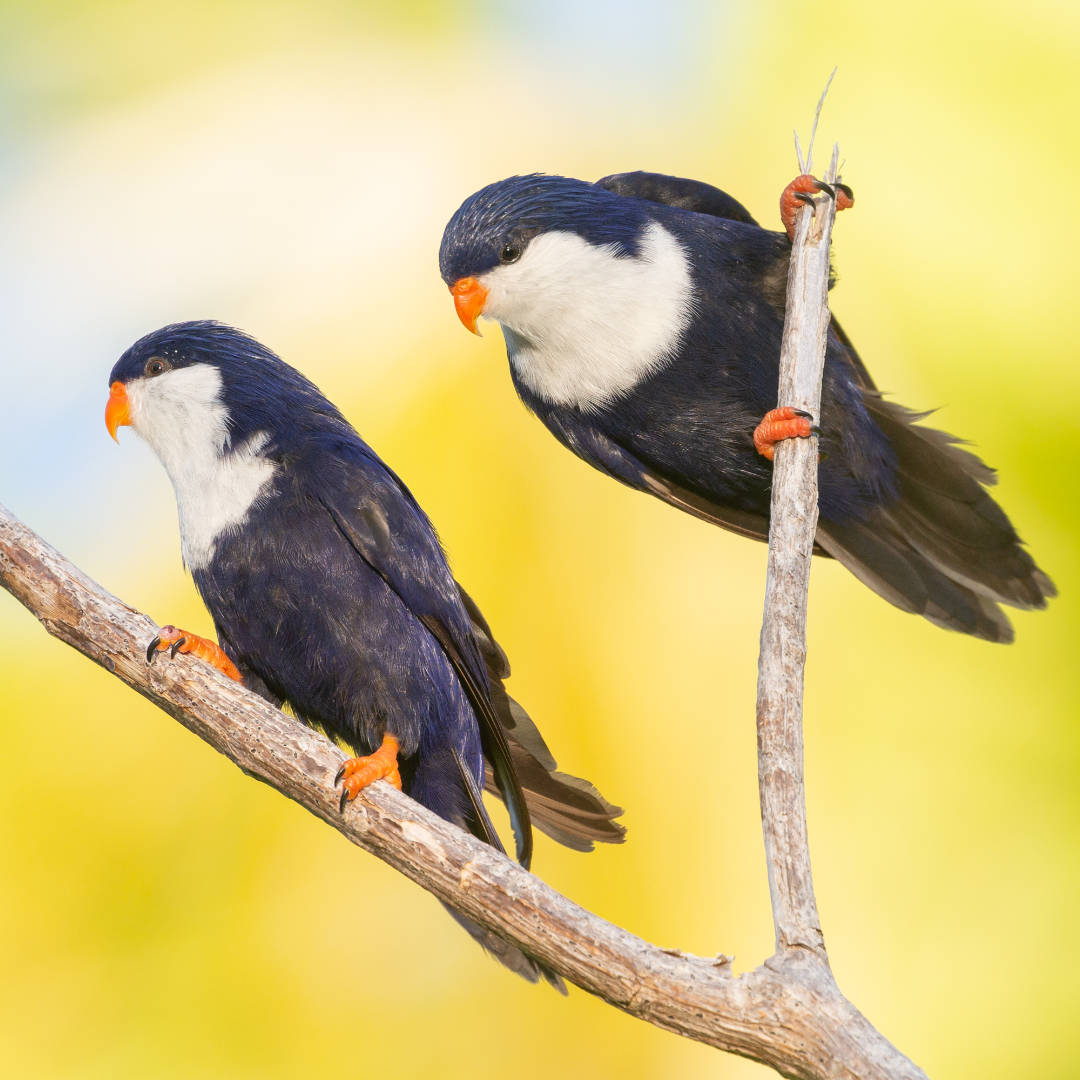written by Cécile Flipo for the 2022 edition

The birds from the blue lagoon of Rangiroa



Rangiroa's Blue Lagoon is one of those exceptional natural sites where fine sandy beaches meet shallow crystal clear water. In this virgin and still preserved paradise evolves a rich and varied colony of birds. An overview with Ludwig Blanc, an active member of the SOP Manu Association which works for the protection of birds in Polynesia.
As in many Tuamotu atolls, Rangiroa's lagoon is bordered by motus with coconut trees, sometimes topped by the force of the wind. On its west coast, it is also home to the Blue Lagoon, which owes its name to the gem-like colors of its crystal clear waters. This site, which includes a dozen small islets to the west of Rangiroa, is home to many species of birds (migratory, terrestrial, endemic or marine) whose density is particularly interesting, both in terms of species diversity and numbers.
"This is certainly linked to the remnants of primary forests (there are not only coconut trees on the islets of the Blue Lagoon site!) which are a real showcase for some bird species", explains Ludwig. "It is on the motus closest to the reef, on the western part of the blue lagoon, that you will find a higher density of birds. Polynesian rats, which are the main predators of birds, are not present there."
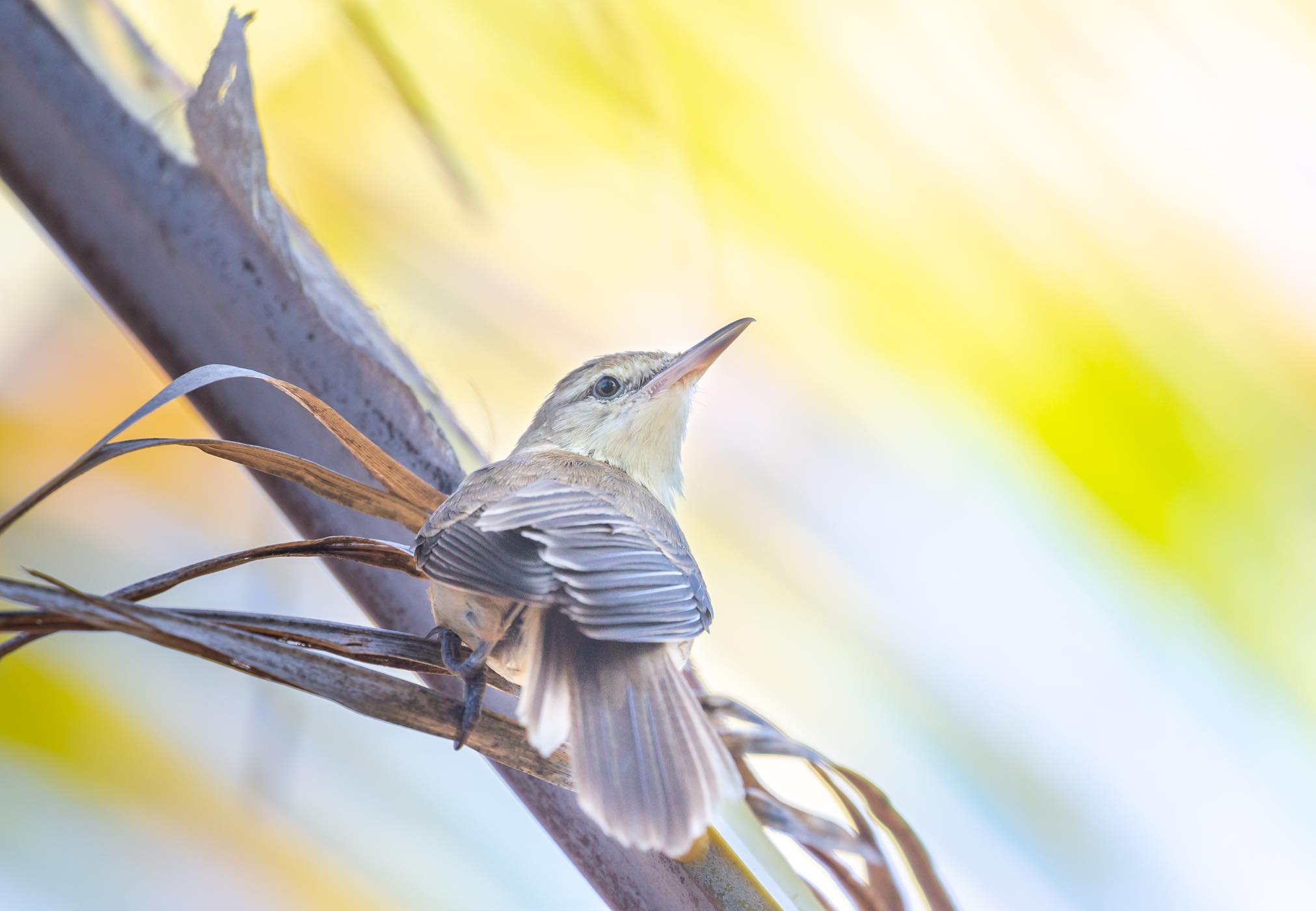
In the colony present on the site, the most beautiful is the Vini or lori nonette, a species endemic to Polynesia that can still be found on Rangiroa. "It's an accessible bird that is quite easy to observe," says Ludwig. "The Vini are very affectionate with each other, they like to kiss each other, they have fun hanging upside down on the palms of the coconut trees, a very amusing show! To observe them, nothing could be easier: stay attentive while moving!"
If you hear it, you will be touched by its song composed of various melodies. "When there is one; you know it, you hear it sing!", Ludwig says. "The common Reed Warbler is an opportunistic bird that feeds on anything it will find, like flies near the fish on the barbecue or crumbs on the ground. It can therefore pass within 2 meters of the observers!"
More difficult to see: the Green Pigeon or Tuamotu ptilope, an endemic species of the archipelago. It is a very beautiful bird with a green back and tail and a pink spot on its forehead. It can be identified at first by its soft song, it coos "ou-ouuuuuu….". "He looks, observes and does not hesitate to leave if you are a little too sure of yourself!"
